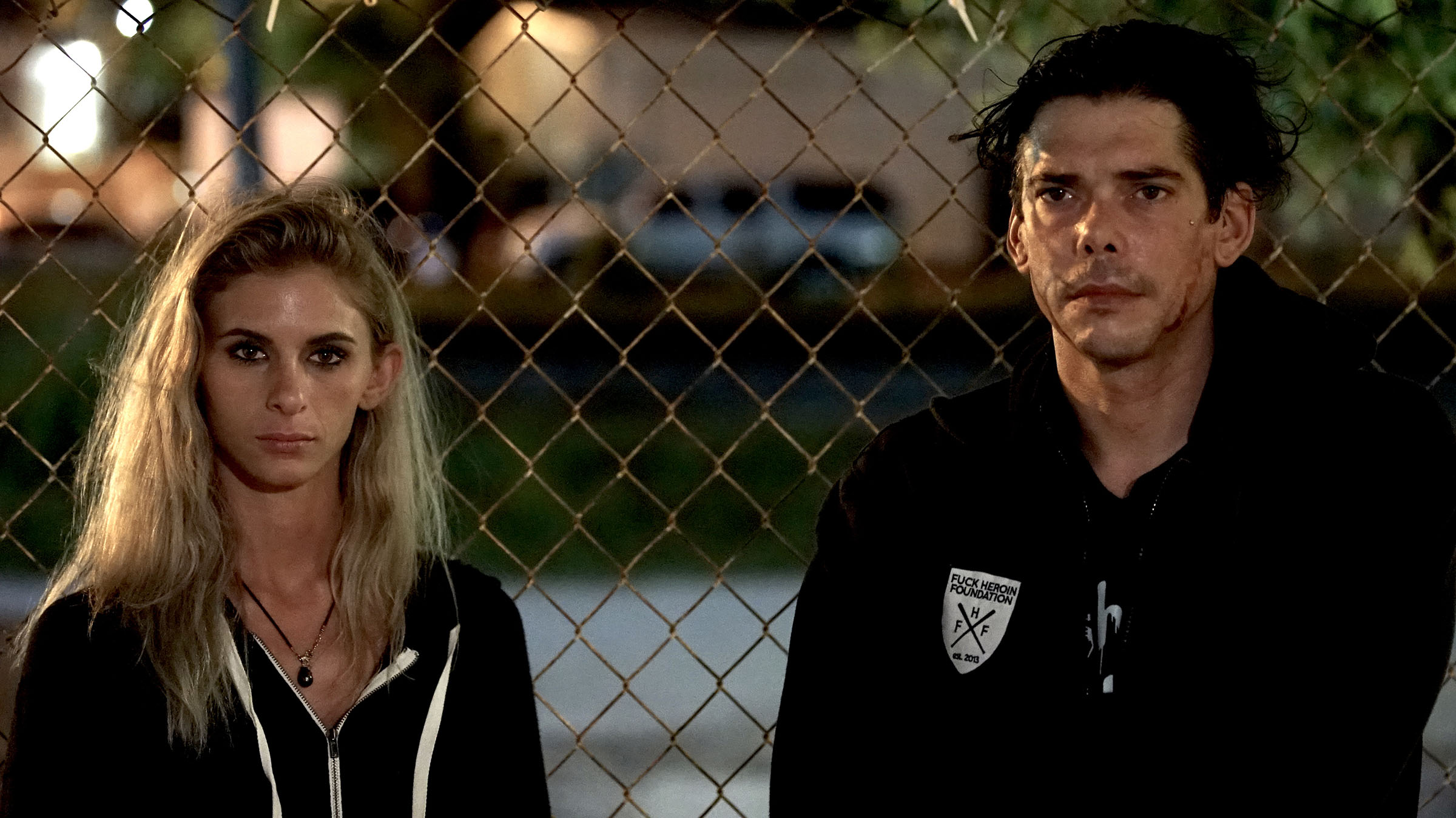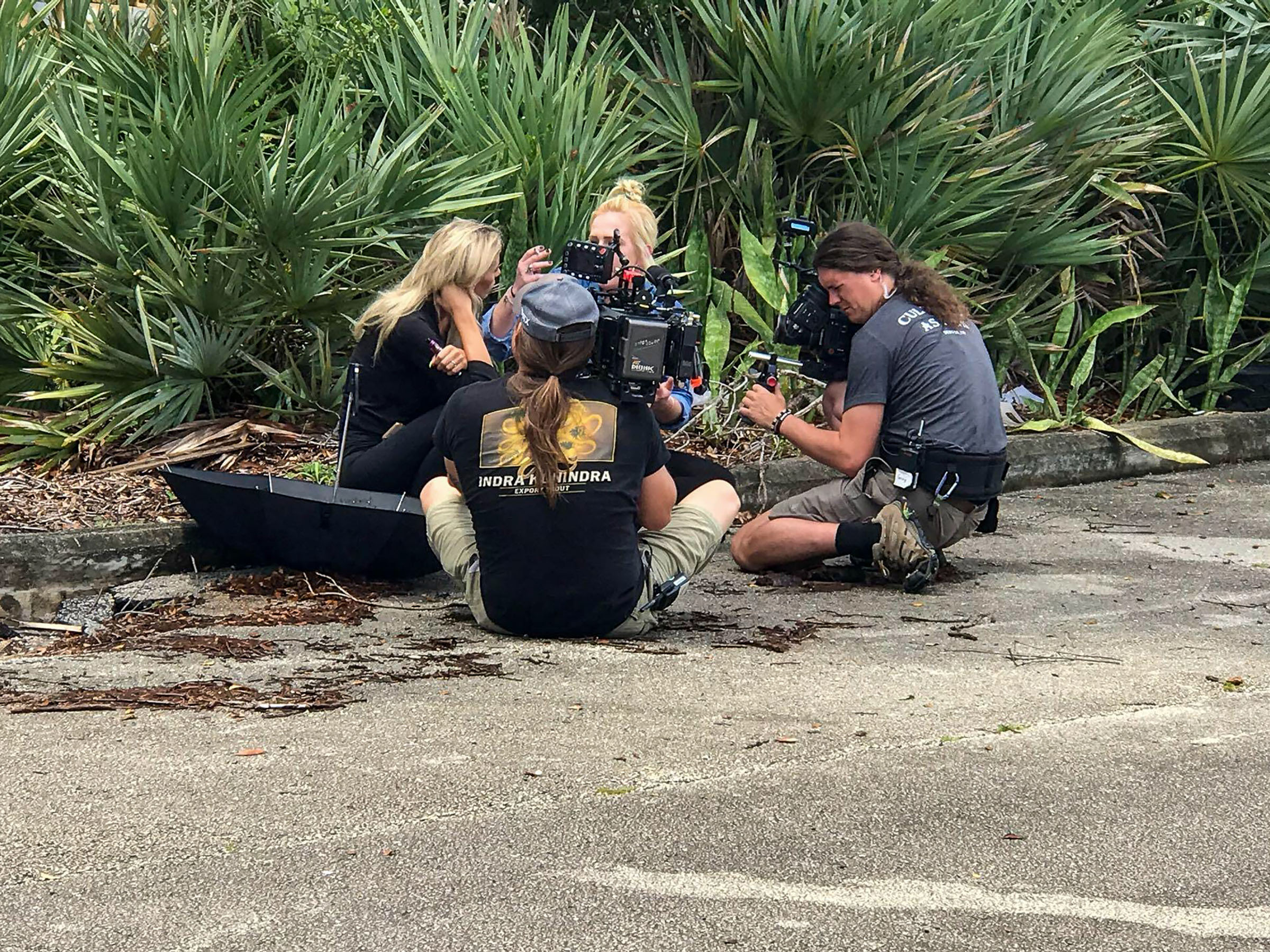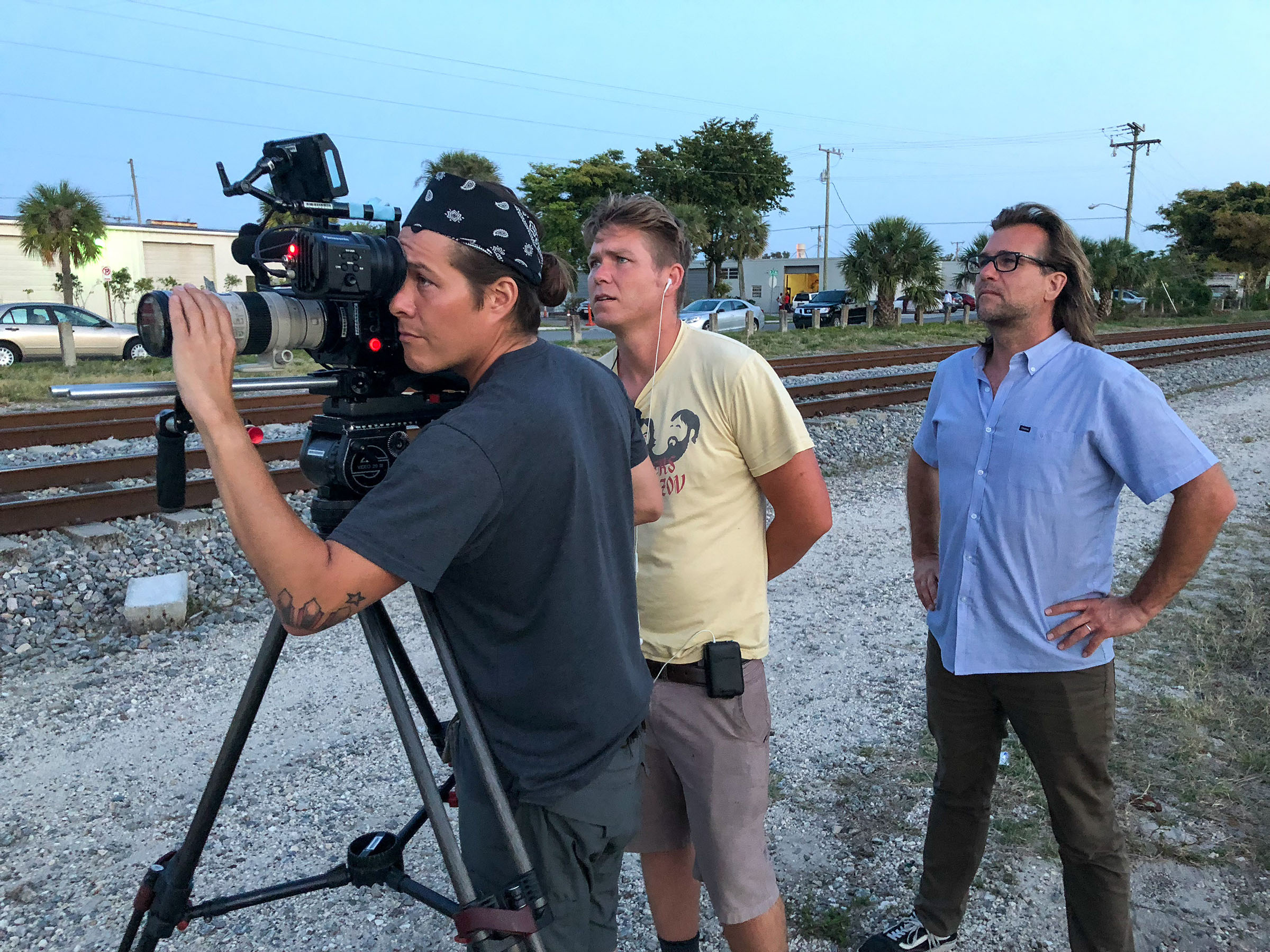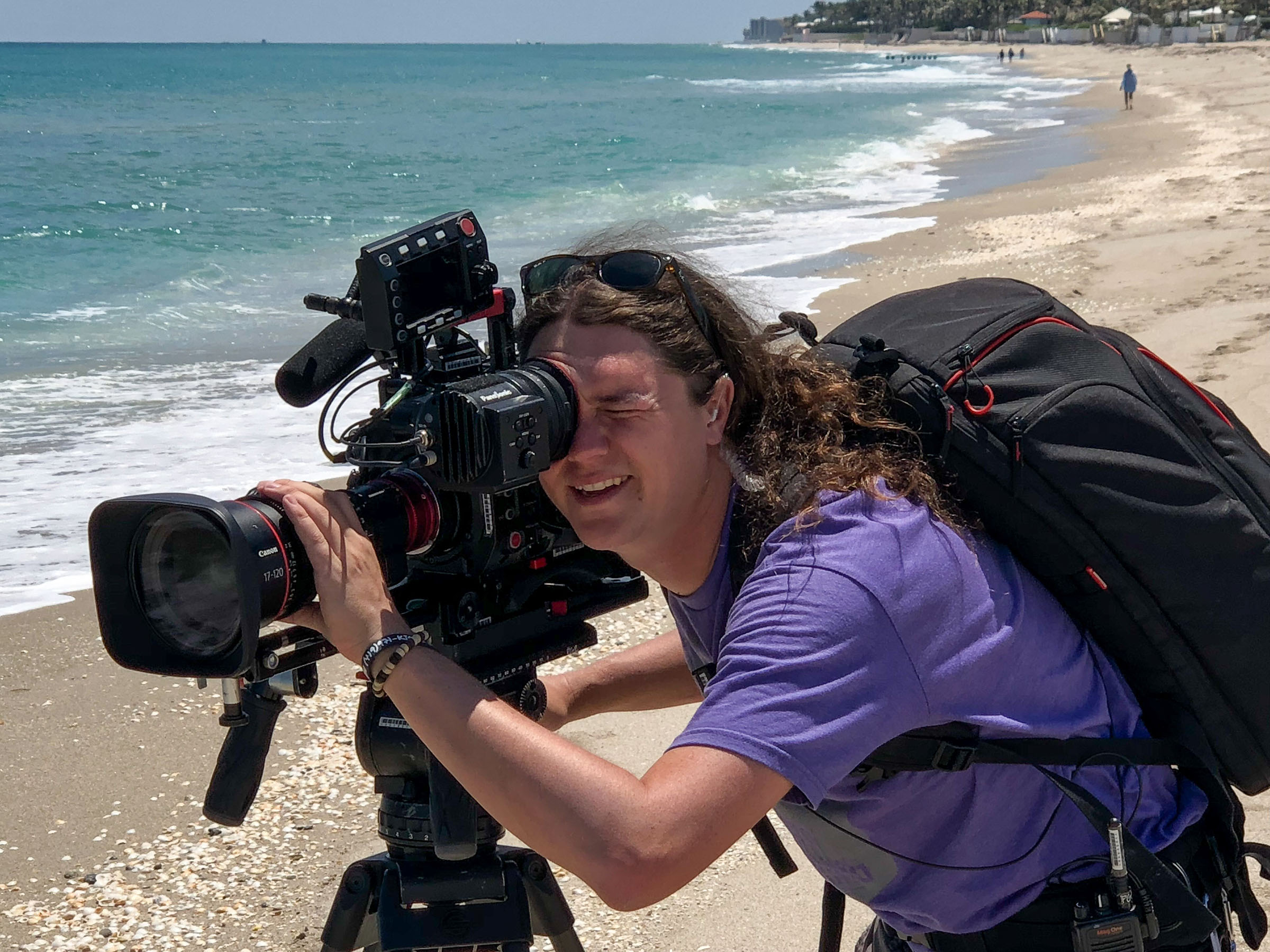A new docu-series premiering on Viceland in September focuses on the heroin epidemic impacting the lives of addicts in southern Florida and exposes corruption and exploitation in the rehab industry.

Shot in large part by cinematographers Mike Goodman and Greg Taylor with Panasonic VariCam LT cinema cameras, “Dopesick Nation” tracks recovering addicts Frankie and Allie as they try to save as many addicts as they can.
The series follows “American Relapse,” a documentary feature shot by the pair. Before they had completed the documentary, Viceland ordered in-depth, one-hour episodes for the show that became “Dopesick Nation.”
While Goodman and Taylor used the Sony F35 for the documentary, they chose the VariCam LT for the series to take advantage of its low-light sensitivity. “We had a very small lighting package and rarely the time to use it,” says Taylor. “Embracing the mixed natural lighting of the world was key to controlling the look of the show.”
Shooting under conditions that would push the VariCam sensor to its limit, the pair chose to use its native ISOs (800 and 5,000) to ensure the blacks remained “clean and velvety” and to minimize noise. “There was a big desire to make everything fast on set because we were often chasing after subjects in dark alleyways and under dimly lit bridges, maybe near a train track with absolutely no time for supplemental lighting,” says Taylor.

Taylor credits the 5,000 ISO for getting the production team “out of some tight spots where other sensors might have fallen apart.”
One challenging scene was shot in a park where a person with an addiction sat on a seawall near a waterway in near pitch-black conditions. Because the subject wanted to tell his story right then and there, Taylor’s only lighting option was to improvise with the flashlight on his iPhone. Leaning the phone on a cup that happened to be nearby on the ground, Taylor pointed the light upward to fill in the bottom of the character’s face.
The professional video industry's #1 source for news, trends and product and tech information. Sign up below.
“In the end it was a really powerful moment, and I don’t think we could have planned it any better or differently than what we got—a raw unfiltered tale of the harrowing realities of addiction,” says Taylor.
“Dopesick Nation” chronicles what Goodman describes as the “unpredictable nature of addiction,” which he sees as the biggest challenge the production faces. “Because we were dealing with real people with real problems, we had to be prepared for any situation.”
Those included waiting in alleys in Florida’s heat, running down railroad tracks to revive someone who overdosed and working in pop-up rain showers and cramped conditions. “We were really impressed with how the VariCam LTs held up to the abuse and kept on operating as expected,” he added.
In Taylor’s mind, the greatest challenge was balancing the need to face the world of his subjects with storytelling and composition requirements.

“Every day was ambitious and really unique, and there were times we didn’t know exactly how things would play out,” says Taylor. “Some days we would be around needles, prostitution, overdoses, drug dealers, you name it. You had to keep your cool even if you felt uneasy and it was 4 a.m. Staying on your toes and being present to the situation was incredibly important.”
Taylor chose a dark, gritty feel for the series to best tell the story, and Goodman often would try to dirty up the borders of the frame. The pair even developed their own vocabulary to describe what they intended for the looks of certain situations.
“Dragon Fire” was a code word for a colorful background bokeh, and “SIC” (Scene In Car) was the pair’s term for their driving interview technique where they would shoot their subjects with a handheld camera.
The cinematographers relied on two VariCam LTs to shoot the series. Frequently, the camera team would split up to cover more ground and capture a more intimate, one-on-one perspective with Allie and Frank or the addicts they were helping. First AC Evan Parquette was assigned to capturing establishing shots and setting up car rigs while main operators shot the scene.
Besides the VariCam LT cameras, Goodman and Tayler used DJI drones, Sony A7S2s, Canon 5Ds and GoPro 6s to capture additional footage for b-roll and car rigs. Viceland required 1080p deliverables. Goodman and Taylor recorded ProRes so files could switch between 23.98, 48, and 60 frames-per-second on the fly. They also captured in V-Log and used the V-709 LUT for monitoring.

The go-to lens for “Dopesick Nation” was the Canon CINE-SERVO 17-120MM T2.95-3.9 zoom; however, Canon L-series and Zeiss prime lenses were used when extra speed and a less obtrusive camera setup were required.
The series was posted at T-Group in Culver City, Calif., as well as at the Viceland offices and Pat McGee Pictures. The color grade was performed by Devon Collins at Revolution Post. According to Goodman, Collins continued the trend of using all the different light sources to create a show with lots of color and deep blacks.
A one-minute trailer on “Dopesick Nation” is available on YouTube.
More information about the series is available on the “Dopesick Nation” website.
More information about the VariCam LT is available on the Panasonic website.
Phil Kurz is a contributing editor to TV Tech. He has written about TV and video technology for more than 30 years and served as editor of three leading industry magazines. He earned a Bachelor of Journalism and a Master’s Degree in Journalism from the University of Missouri-Columbia School of Journalism.

